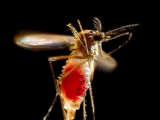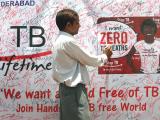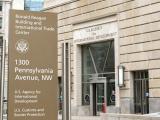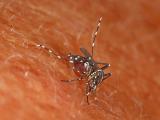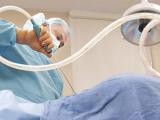Aug 25, 2003 (CIDRAP News) Emergency workers in the United States believe they lack adequate gear to protect themselves when responding to chemical, biological, or radiological terrorist attacks, according to a RAND study released last week.
Emergency responders "felt they did not know what they needed to protect against, what protection was appropriate, and where to look for it," RAND stated in a news release. "Such uncertainty frustrates efforts to design a protection program and acquire the necessary technology."
The study is based on interviews with 190 emergency responders from 83 organizations around the nation, officials said. The workers said they want better protective clothing and equipment, more compatible communication systems, and expanded training and information on safety practices and equipment, according to the news release.
Emergency medical service (EMS) workers complained of a lack of protective equipment specifically designed for them. One EMS worker said colleagues don't like to use the protective gear that is currently available because it makes them feel like they are working inside a plastic bag, the report says.
The main safety concern among EMS responders is protection from liquid-borne and airborne pathogens, the report's authors found. Participants voiced concern about exposure to hepatitis C, HIV, tuberculosis, meningitis, West Nile virus, and childhood diseases.
Police and firefighters also cited various inadequacies in their protective gear.
Following are a few of the needs cited by the interviewees:
- Protective gear that is lighter and easier to work in
- Improved devices for detecting and monitoring hazards, such as thermal sensors, physiologic monitoring systems, and detectors for chemical and biological hazards
- Respiratory and chemical protective equipment appropriate for use by nonspecialists who are the first to arrive at an incident scene
The report is titled "Protecting Emergency Responders Volume 2: Community Views of Health and Safety Risks and Personal Protection Needs." It is the second in a series of RAND studies on protecting emergency responders.
See also:
RAND news release about report
http://www.rand.org/news/press/2003/08/20.html
Links to full report
http://www.rand.org/publications/MR/MR1646/

